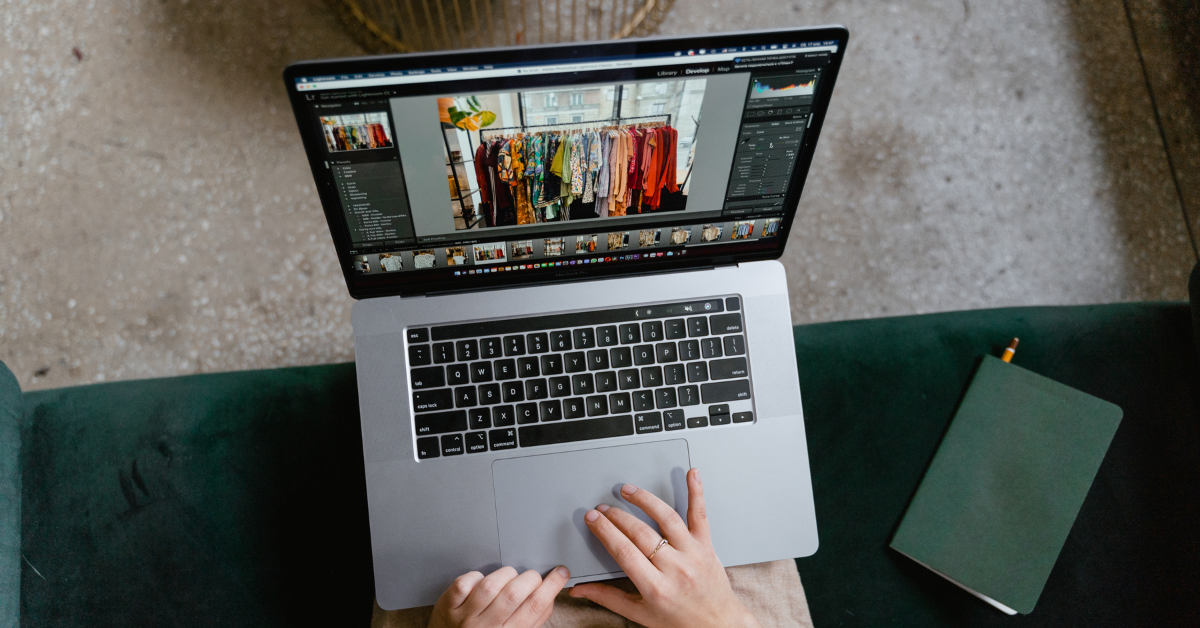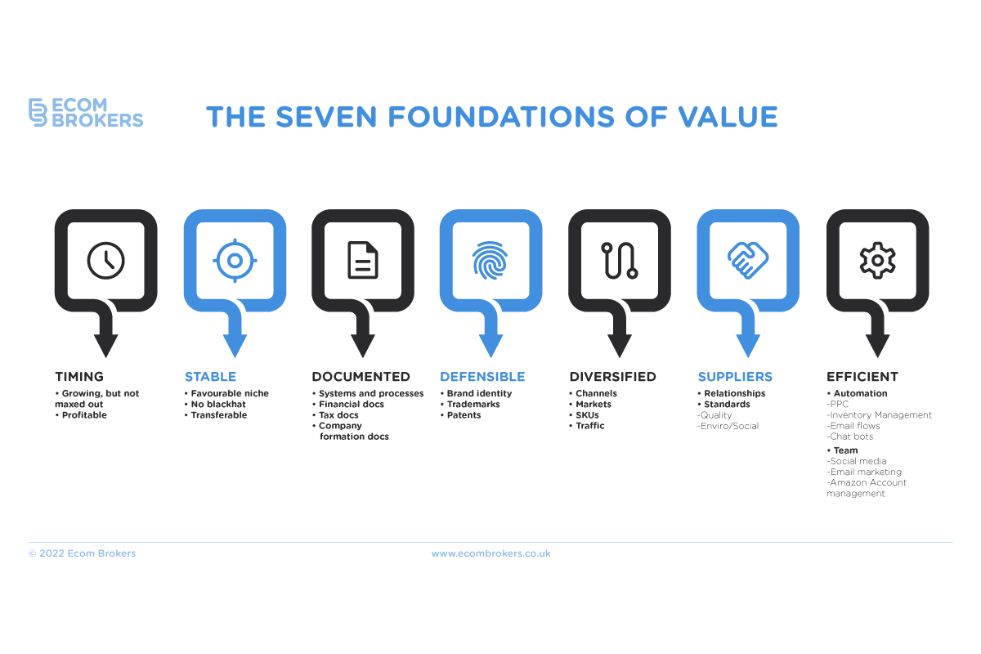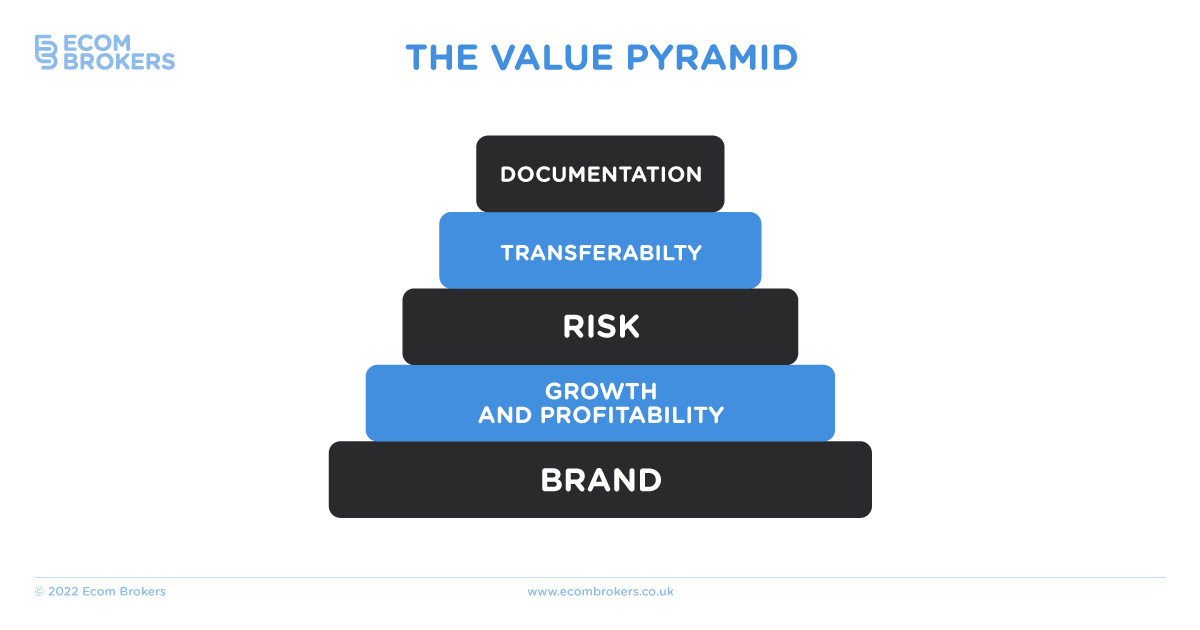
5 Ways to Optimise Your Supply Chain + Add Value To Amazon Business
How do you optimise your supply chain?
For many Amazon sellers, sourcing their products can be one of their biggest challenges (if not the biggest challenge).
This is especially the case if you’re getting your products from overseas.
But the thing is, if you optimise your supply chain, you’ll not only improve shipping times and inventory levels, while at the same time reducing lead times, you’ll also be able to add more value to your Amazon FBA business.
In this article, we’ll be taking a look at 5 ways you can optimise your Amazon FBA supply chain so that you start building relationships that help you grow and scale over the long term while keeping your customers happy.
(And bumping up the value of your business)
Secure Transparency from Buyers
When you know exactly who you’re buying from, your life will become much, much easier.
For instance, let’s say that you don’t know a thing about one of the factories you’re working with. If this is the case, how can you realistically make optimal business decisions? You can’t.
Before you start sourcing products from anyone, it’s always a good idea to begin with a typical vendor analysis. This lets you know who you are sourcing your products from (a manufacturer, a wholesaler, a trading company and so on).
It’s important that you find out this information because – to use an example – some manufacturing facilities that you may be sourcing your products from might actually be sourcing the products from someone else! This has the adverse effect of cutting into your margins.
When you perform vendor analysis, you’re in control of the situation. You can find ways to cut costs and improve your margins.
Not just that, but without understanding all the nuts and bolts of your supply chain, you simply won’t be able to optimise it.
Bolster Your Communications
We simply can’t over-stress how important it is that your communications are on-point at every single stage of the supply chain.
All too often, if something goes awry along the chain, it’s because of miscommunication.
And while we recommend that you put spreadsheets and email to use, the issue with both these methods is that they’re a tad disjointed.
Instead, it’s better to use all-in-one communication software that enables you to bring things like production cycles and suppliers into one centralised hub, or dashboard. This then allows you to sync up your communications.
Ultimately, you will benefit from optimised workflow management, which in turn leads to fewer misunderstandings, as well as less delays in the communication process. What then happens is less costly mistakes and a better production process.
Don’t Take a Shortcut
If you’re offered a shortcut on your supply line?
Don’t take it.
Lots of Amazon sellers – especially new ones – are presented with shortcuts, and tend to take them. A shortcut will, after all, save them time.
But does it really save you money in the long run?
On the contrary, failing to put in place the correct checks around quality control can damage your reputation irreversibly.
It’s a much smarter idea to put quality control first and foremost at the top of your list of priorities. This might mean putting people on the ground and putting in place a diligent quality control process that means you’re not paying for dodgy products that, among other things, come with delays that threaten your shipping times.
And ask yourself the question: Is there a reason for me to not put a quality control process in place?
The answer is always No.
Don’t Be Fixated on China
So many Amazon sellers source their products from China. And look – we get it. China is “the world’s factory” that has an exemplary ecosystem of manufacturers and networked suppliers that are helping to produce a raft of inexpensive products.
However, the situation in China is changing, with factory owners there now looking for opportunities elsewhere, such as the Philippines and Bangladesh. This is because labour rates are even more affordable in these places.
As a seller, it’s a smart idea anyway for you to diversify and not limit your supply chain to just one country. You could target emerging nations like Vietnam, the Philippines and Bangladesh. That said, you will need to be more flexible with your lead times, as these countries likely need to import raw materials.
Don’t Forget IP Production
Amazon can be a cutthroat world, one in which rivals compete with each other to sell the same products.
Issues arise whenever your competition not only sells the same products as you, but sells them under YOUR brand.
It sounds too terrible to be true – but it happens.
One of the best ways to protect against this, as well as to protect your supply chain, is to put in place IP protection at the border. This then prevents anyone who wants to “steal” your products and sell them under your name from even getting them into the country.
You could file trademarks and patents in countries such as China (where you’re probably sourcing most of your products from), but this comes with its own issues, and it’s not really worth it.
Instead, a better idea is to just file your patents in your home country.
That all said, what’s really important here more than anything else is that you’re able to show customs (and Amazon) that this is your brand.
Optimising Your Supply Chain: Final Thoughts
Optimising your supply chain will save you money, and it will boost revenue and overall profits. This is because your supply chain is now better, quicker – and more accurate.
Don’t forget to use supply chain tools to help as well, and make sure to build lasting relationships with your suppliers that are built on trust and transparency.
Ready to sell your business for the best possible price? Start by clicking the link below! No obligation, no hard sell. Just solid, professional advice.









